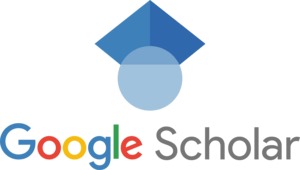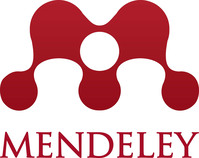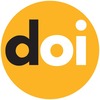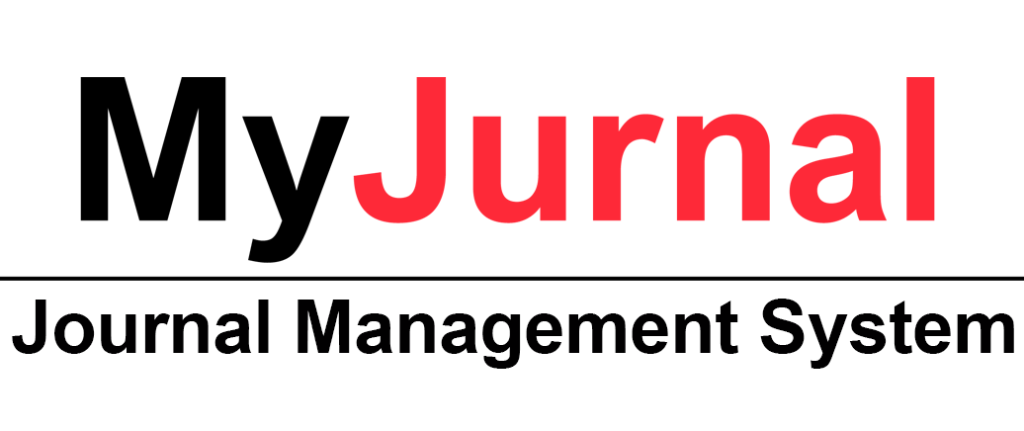Time Perspective, Hope and Self-Regulation among Preparatory Year University Students: Exploring the Connections
DOI:
https://doi.org/10.31436/ijes.v9i3.410الكلمات المفتاحية:
Time perspective، Time orientations، Hope، Self-regulation، Foundation studentsالملخص
This study aimed to investigate the relationship between time perspective, hope and self-regulation among foundation year students at a Malaysian public university. A survey questionnaire on the three constructs was completed by 118 Malay students aged between 18 to 21. The findings showed a significant positive correlation between the future time perspective and self-regulation (r = 0.251, p = 0.007). However, the association is a weak one. Likewise, a significant relationship was found between hope and two of the temporal orientations, i.e., the future orientation (r = 0.399, p = 0.001) and the past positive at r = 0.271, p = 0.003., which is also considered a weak relationship. However, no significant association was observed between the past positive time perspective and students’ self-regulation. On the contrary, the past negative and present-fatalistic time orientations have a significant negative relation with hope at r = - 0.308, p = 0.001 and r = - 0.207, p = 0.028, respectively. A similar result was obtained for the association between self-regulation and the PN orientation at r = - 0.290, p = 0.002. It was also found that hope and students’ self-regulation are strongly correlated (r = 0.268, p = 0.004). In essence, the results imply that students with a high future time orientation are likely to have high levels of hope and self-regulation. Therefore, time perspective, especially the future orientation, and self-regulation skills could be important intervention factors for addressing students’ academic obstacles. The findings of this study are beneficial for counselors, educators, and supervisors in designing intervention programs to help students become more positive and optimistic individuals.
المقاييس
التنزيلات
منشور
كيفية الاقتباس
إصدار
القسم
الرخصة
الحقوق الفكرية (c) 2021 IIUM Press, International Islamic University Malaysia

هذا العمل مرخص بموجب Creative Commons Attribution 4.0 International License.
The Journal will own copyright to all published works and have the right of first publication, both in print and online, unless other arrangements are made with the Editors in advance. It is the author`s responsibility to ensure that where copyright materials are included within an article the permission of the copyright holder has been obtained beforehand.




















